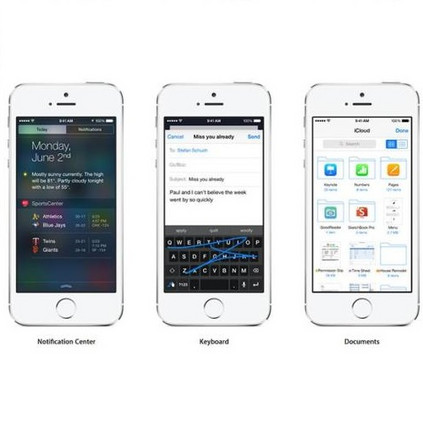Truss robots, or robots that consist of extensible links connected at universal joints, are often designed with modular physical components but require centralized control techniques. This paper presents a distributed control technique for truss robots. The truss robot is viewed as a collective, where each individual node of the robot is capable of measuring the lengths of the neighboring edges, communicating with a subset of the other nodes, and computing and executing its own control actions with its connected edges. Through an iterative distributed optimization, the individual members utilize local information to converge on a global estimate of the robot's state, and then coordinate their planned motion to achieve desired global behavior. This distributed optimization is based on a consensus alternating direction method of multipliers framework. This distributed algorithm is then adapted to control an isoperimetric truss robot, and the distributed algorithm is used in an experimental demonstration. The demonstration allows a user to broadcast commands to a single node of the robot, which then ensures the coordinated motion of all other nodes to achieve the desired global motion.
翻译:由通用连接连接的扩展链接构成的机器人Trus 机器人, 或机器人, 通常设计为模块物理组件, 但需要集中控制技术。 本文展示了Truss机器人的分布式控制技术。 truss机器人被视为集体机器人, 其中机器人的每个单个节点都能够测量相邻边缘的长度, 与其他节点的一个子进行通信, 并用其连接边缘进行计算和执行自己的控制动作。 通过迭接分布式优化, 个别成员利用本地信息汇集对机器人状态的全球估计, 然后协调其计划动作, 以实现所期望的全球行为 。 此分布式优化是基于一个一致的乘数框架交向法 。 此分布式算法随后被调整为控制一个等光度矩阵机器人, 而分布式算法被用于实验演示中。 该演示允许用户将命令传送到机器人的一个单一节点, 这样就可以确保所有其他节点的协调动作实现所期望的全球运动 。




